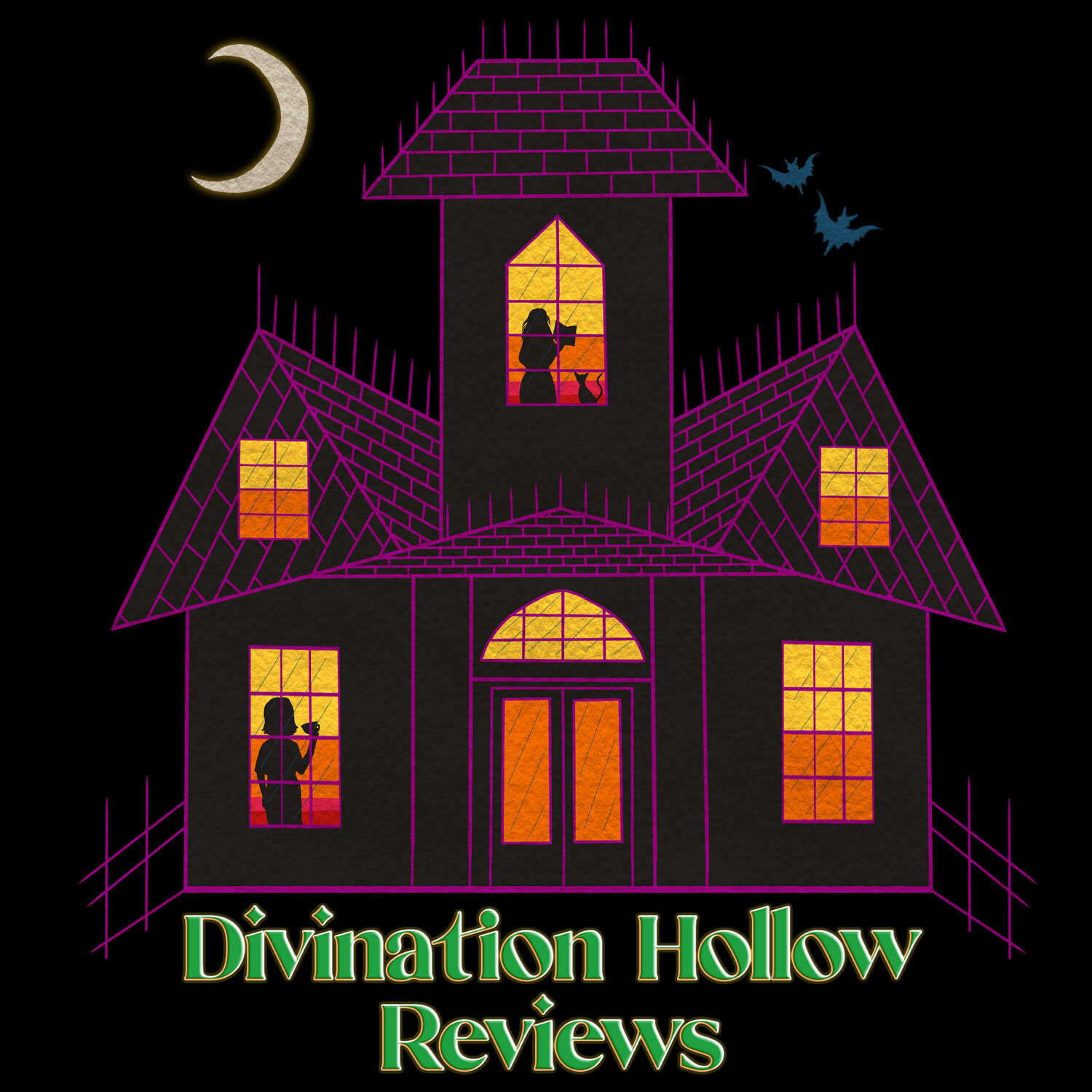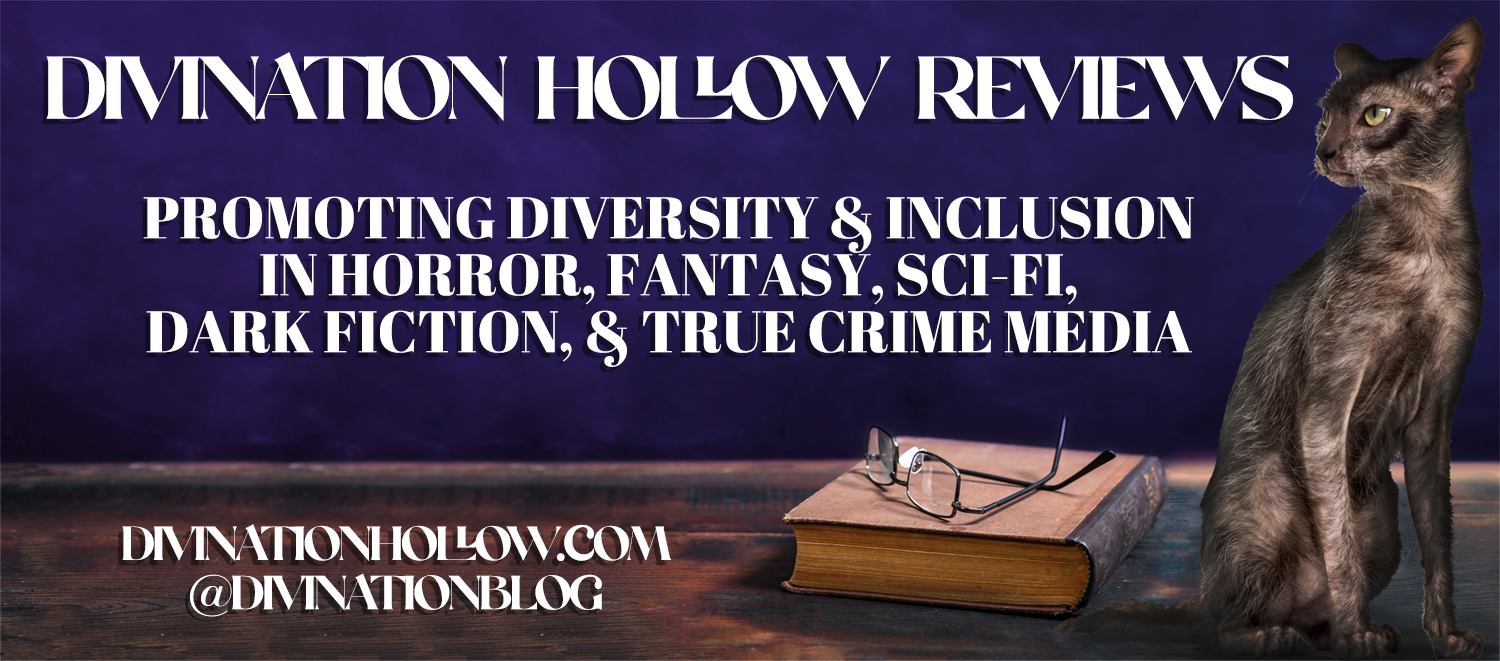Book Review: “The Monster Show: A Cultural History of Horror” by David Skal
The Monster Show: A Cultural History of Horror | David J. Skal
The Monster Show might actually be the winner for “Book That Took Elle Longest to Finish”. I started this in May 2020, but with my arcs ever increasing I put it to one side. This wasn’t helped by returning to work after lockdown, and the book being that bit too heavy to take back and forth. It also took me a long time to read, having purchased it (I think) for university, which I graduated from in 2012. It ended up right at the bottom of my huge TBR, and when I finally decided to read it, I almost caused a ceiling-reaching stack of books to come tumbling down.
So, was it worth it? Absolutely freaking yes.
With The Monster Show, David J. Skal presents a history of the genre from the early days of Dracula being performed on stage, right up until the early 1990s. Most of this is centred around the earliest horror icons, specifically Dracula and Frankenstein, noting how these monstrous twins mirrored and echoed each other while remaining distinctive, and influenced the genre throughout the rest of the twentieth century. Taking us through two world wars, the Great Depression, Vietnam and other notable events of the century, Skal gives us the social context for the emergence of horror in films, comics and books, showing how horror really does reflect society back at us.
For those interested, it was the first chapters of The Monster Show that inspired Influence of War published on the site last year. There’s a lot of information contained within the book, and the way Skal discusses the genre and context is done in an accessible, easy to read way. He talks about Lon Chaney, James Whale and Tod Browning and other horror film pioneers, referencing them for later decades to show how they influenced modern filmmakers. He delves into the censorship of the 50s, especially surrounding horror comics, and is able to provide his own experiences alongside those of other creators like Stephen King. And he discusses Anne Rice’s work as well as having a fairly big section devoted to King, tying it all together.
It's easy to forget, sometimes, how big of a genre Horror is. At one point or another, both creators and fans alike have felt like outcasts, but Skal shows how the public at large lap up horror when they can, how some of these films were so huge they influenced whole generations.
Likely due to lack of room, Skal doesn’t go too deep into general subgenres of horror, but keeps his focus on the ‘monsters’, again, with Dracula and Frankenstein as touchpoints. It’s a really interesting exploration of the genre, showing how we reach for death imagery when we, as a society, go through something horrific, yet still search for escapism and Horror provides both of these things. There’s also a fair bit devoted to the rise (and fall) of the horror hosts, something that, sadly, passed me by, even when considering reruns, as they weren’t used in the UK.
The focus of this book is on the USA, but the events and type of society that produced these monsters did effect other cultures, too, and, of course, the creators of the ‘dark twins’ were English (Mary Shelley) and Irish (Bram Stoker).
If you’re interested in the history of the genre and the use of monsters through the twentieth century, I highly recommend this book.
Grade: A
Review by Elle Turpitt
Twitter & Instagram: @elleturpitt
I purchased this paperback.




